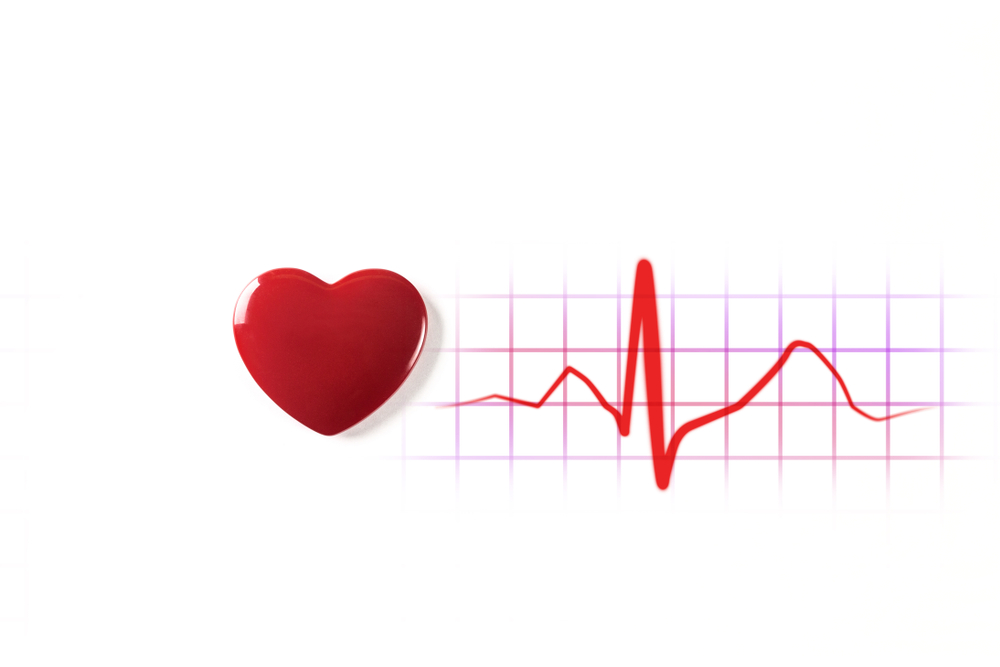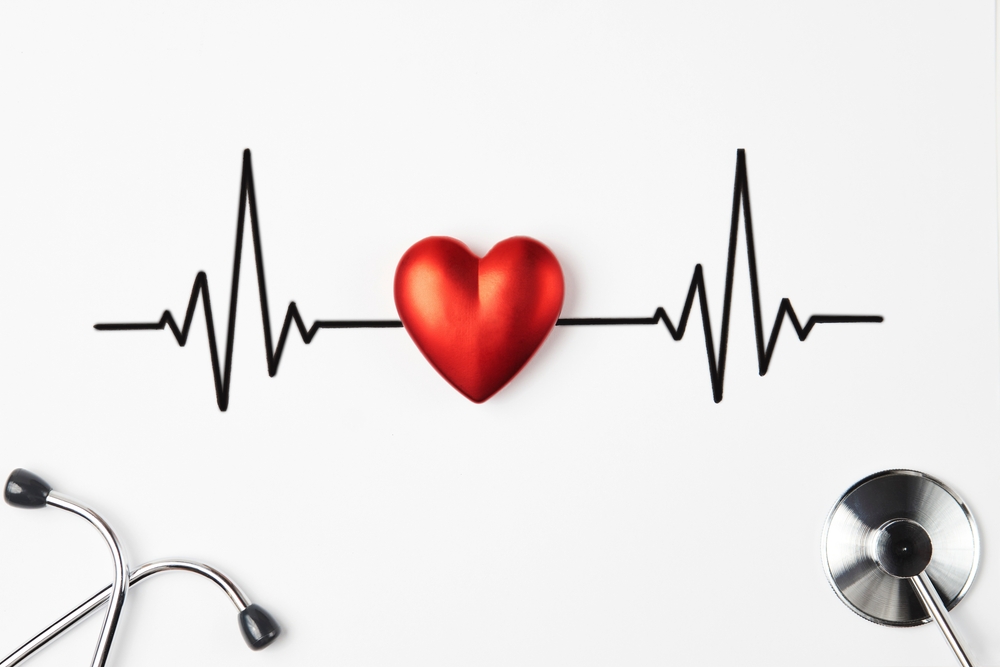Nicole O’Hara, a TV reporter from North Carolina, woke up one morning thinking she had COVID or the Flu. She woke up feeling weak and without energy. Her head was pounding, her vision a blur, and she experienced nausea and shortness of breath. This experience lasted about 4 days and she continued on with life. It wasn’t until over a year later that she finally knew the condition that had caused her so much disruption and discomfort. It turned out to be a lesser-known condition called Postural Orthostatic Tachycardia Syndrome, or POTS.
TV Reporter Gets Life-Changing Diagnosis.

After the first 4-day round of symptoms, things went back to normal and she returned to work. A few weeks later, while on a bus stop bench in Downtown Raleigh, she passed out. It was after this that the news station she worked for suggested she see a doctor. She saw a cardiologist, had an echocardiogram, and wore a heart monitor for two weeks.
The young TV reporter was left without answers when her results came back normal. Again she returned to work and other than feeling more fatigued than normal she felt better. She resumed her life with a healthy social and work balance, even applying for a new job at a sister station. The following year in March of 2021, her symptoms returned.
This time for two weeks straight.

She had a resting heart rate of 178 bpm, at one point during this round of symptoms. In the midst of editing a work story, she felt dizzy and short of breath. She knew at this point that something must be wrong. This prompted another visit to the cardiologist, during which time they performed a stress test and found a higher heart rate but otherwise, everything was normal.
The cardiologist recommended more exercise and sent her on her way. Because the TV reporter was fairly active and fit she felt she needed more than exercise and got in touch with other local doctors for a second opinion. Unfortunately, the specialists in Raleigh were booked out for months and she was unable to get answers.
Her symptoms continued over the next few weeks and often her heart rate would reach almost 200 bpm. Her parents convinced her to go as far as Rochester, Minnesota in order to get an appointment at the Mayo Clinic. Fortunately, they had an appointment available six weeks out. She was able to take some time off and she flew, with her mom, to Minnesota to hopefully get some answers. She spent a week and a half undergoing extensive testing and was given an answer. The diagnosis was Postural Orthostatic Tachycardia Syndrome.
Read More: Antibiotic use in babies linked to allergies, asthma and other conditions, study finds
What is POTS?

Postural Orthostatic Tachycardia Syndrome (POTS) is a blood disorder in which circulation becomes disrupted, affecting the autonomic nervous system. This part of the nervous system regulates body temperature, heart rate, and other functions we don’t have conscious control over.
Two factors characterize this disorder according to John Hopkins Medicine. The first is certain symptoms that occur often while standing. The second factor has to do with heart rate. There is a significant increase in bpm while in a standing position, typically 30-40 bpm.
POTS is diagnosed after orthostatic hypotension has been ruled out and there is no dehydration or blood loss. John Hopkins Medicine explains, “Orthostatic hypotension is a form of low blood pressure: 20mm Hg drop in systolic or a 10mm Hg drop in diastolic blood pressure in the first three minutes of standing upright.”
Read More: Energy Drinks May Trigger Dangerous Condition in People With Heart Disease, Study
POTS in America.

Despite a lack of awareness, POTS is thought to be a fairly common ailment affecting 1-3 million Americans. It is unknown what causes POTS but researchers have found that it is more common in women and likely develops during adolescence or in young adulthood. For most patients suffering from POTS symptoms occur from a combination of things. Because circulation becomes disrupted there is often a lower amount of blood being circulated through the body.
The production of hormones like adrenaline becomes higher and excessive pooling of the blood occurs below the heart when standing upright. It typically takes people 1-5 years to be made aware of this condition, even with extensive diagnostic testing. An estimated 59% of patients are unheard of by healthcare providers and report being told: “The symptoms are all in your head”. There are not many autonomic specialists in the US so seeking guidance can be both daunting and challenging.
Treatment for POTS.

There is no known cure and the underlying cause can be a number of factors. Because the needs of each individual vary, there are a few options for managing POTS symptoms. Most commonly, diet and exercise, as well as the use of medication. The most important factor of the treatment options is large amounts of fluids. It is recommended to drink frequently throughout the day and get somewhere between 64-80 ounces per day. Adding more salt to your diet will help keep more water in the bloodstream, allowing for more blood to reach the brain and heart.
Some substances, such as alcohol, have adverse effects on POTS and increase dehydration.

Caffeine on the other hand has been shown to improve constriction in the blood vessels. If one struggles to sleep while POTS is flaring up, it can be helpful to regulate temperature both within the body and externally. Each patient’s needs vary and it’s important to speak with your Primary Care Provider about how to manage your symptoms and the daily factors that negatively impact your ability to manage POTS symptoms.
“For me, this is a challenging aspect of the condition — looking fine on the outside, but feeling like death on the inside. If I have a full face of makeup on and a smile, no one would know anything was wrong.” She states. This is a good reminder that there are many ailments, even those that aren’t visible, that severely impact one’s day to day. POTS is not as well known as it should be because of how life threatening conditions, such as congestive heart failure(CHF) are impacted by POTS. Consulting with a medical professional is always the safest choice to make when managing your health.
Read More: What Is Hair-Grooming Syncope? The Condition Is Triggered by Hair Styling
Sources
- “The little-known condition that turned this TV reporter’s life upside down.” TODAY. Nicole O’Hara. September 9, 2022.
- “Postural Orthostatic Tachycardia Syndrome (POTS).” Cleveland Clinic. Retrieved October 16, 2022.
- “Postural Orthostatic Tachycardia Syndrome (POTS).” Johns Hopkins Medicine. Retrieved October 16, 2022.
- “Pots: Causes, treatment, and more.” Healthline. Kathryn Watson. February 11, 2022.

